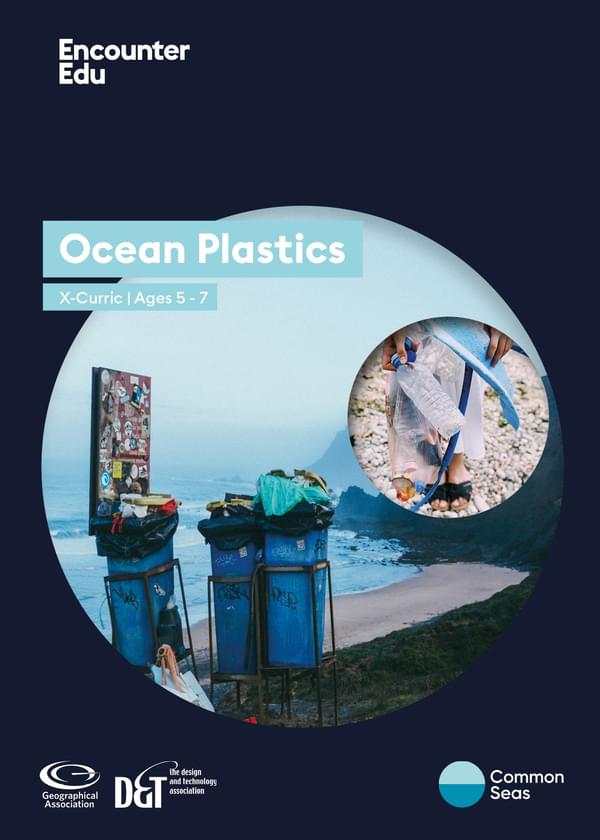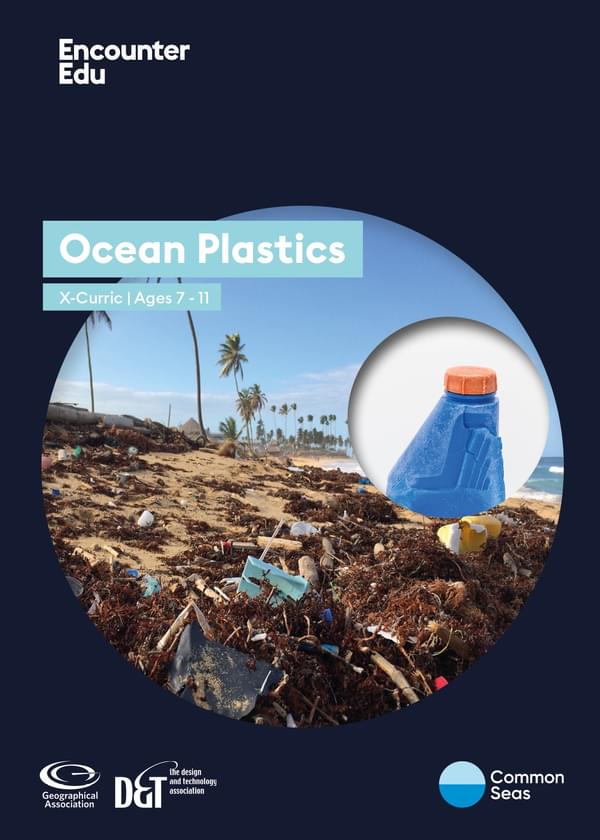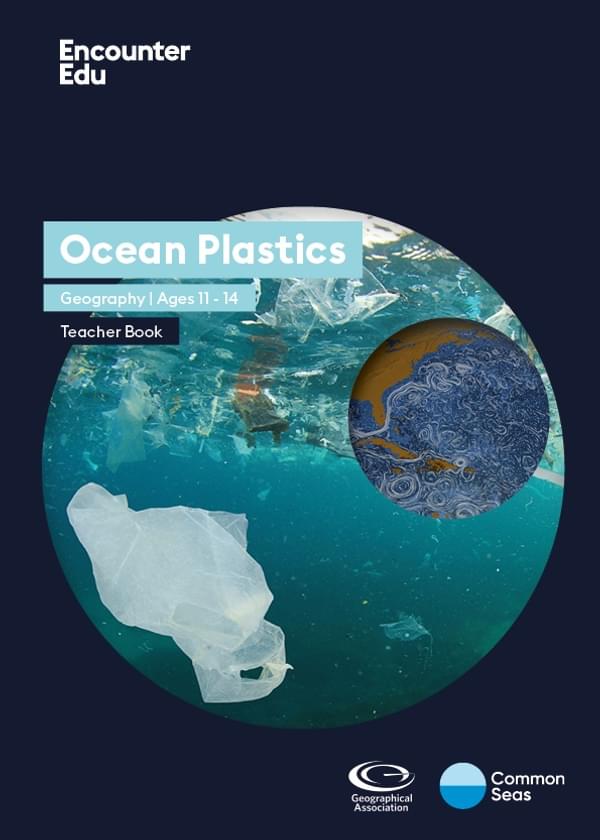Plastic bin weigh-in

Plastic is everywhere in our homes. Although people’s recycling habits have improved over time this remains the least preferable of the 6 Rs. How can we reduce and refuse plastic? To start with we need to know what we use. In this activity you will record the types and amount of plastic waste produced in your home each day. By tracking and monitoring how you consume plastic at home, you can find ways to reduce plastic waste and become a true plastic hero!
Ages 7+
15 minutes per day
Part of:
Common Seas Ocean Plastics AcademyOverview
In this activity you will investigate the plastic products and packaging that is discarded in your home each day and thinking about ways can you reduce plastic waste and become a true plastic hero!
You can do this either by counting each plastic item or by calculating the total weight of items in different categories. We recommend separating out plastic waste into a separate bag or bin for the days that you are conducting your plastic audit.
Use the information from this activity and the Problem plastic hunt to create your own Sea champion pledge. Stick this on your fridge or somewhere where the whole family can see it to remind you of your promise to the planet.
Activity steps
- Choose a bag or container for your plastic bin. You will need to ask everyone in your household to clean all plastic waste and put it in this new container so that it can be recorded before going into your recycling or landfill bin.
- Each day empty your plastic bin and group the items into categories. Suggested categories are listed on the ‘Plastic Bin Weigh-in Tracker’, downloadable from the ‘What you’ll need section’.
- Everyone’s plastic use is going to be different. Choose some or all of the plastic categories listed on the ‘Plastic Bin Weigh-in Tracker’ that you want to track over five days or longer.
- You can either count each item giving you a total number of items per category, or weigh each item and add them together giving you a total weight (in grams) per category. To weigh items, you will need a set of scales.
- Record your data daily in the ‘Plastic Bin Weigh-in Tracker Chart’ downloadable from the ‘What you’ll need section’.
- At the end of your investigation you will need to analyse your results. Calculate the total amount of plastic in each category (number or weight). You can use this to draw a bar graph to visualise where in your home you consume the most plastic.
- Discuss the Reflection questions with your family at home and think about how you can take action by reading some helpful plastic reduction ideas in the ‘Find out more’ section.
- We’d love to hear how you got on with this activity – and we’re sure your friends and family would as well. If you decide to share what you learned about your plastic use online, please remember to tag @commonseas and use #SeaChampions. Thank you!
Reflection
Use the plastic bin weigh-in tracker to reflect on how you currently use plastic in your home. With a friend or parent discuss the following questions.
- What surprised you most?
- Which categories produced the most and least plastic waste in your home?
- Why am I throwing an item away? Can it be reused?
- Where will this waste end up? Will it be recycled or go to landfill? Check with your local council.
- Is there an alternative?
- Which categories would be the easiest and most difficult to target to reduce plastic waste?
- If you were to do the investigation again, would you change any of the categories?
Further ideas
You can extend the learning about reducing plastic waste, by using some of the lessons from the Ocean Plastics Academy Teacher Resources. For ages 5 to 7, use the lesson What can I do?. For ages 7 to 11, use the lessons What can I do? Part one and Part two. For students aged 11 to 14, try the geography lesson, Approaches to reducing ocean plastic pollution.
Safety guidance
- Before young people handle waste plastic, make sure it is washed thoroughly and that there are no sharp edges.
- If you are posting work on social media, this should be done via a parent, guardian or school account for children under the age of 13. Children over the age of 13 should still be supervised by an adult. Check out the Thinkuknow website for more guidance on online safety.
Brought to you by


Cross-curricular | Ages 5-7
Ocean Plastics
Ocean plastics ages 5-7 unit is a KS1 teacher resource that introduces students to the issue of plastic pollution. Students study materials, their properties and explores what happens to our plastic rubbish.

Cross-curricular | Ages 7-11
Ocean Plastics
Ocean Plastic ages 7-11 unit is a KS1 teacher resource that introduces students to the issue of plastic pollution. Students study materials, their properties and are inspired to enact change in their communities.





